20 Grocery Store Secrets Only Insiders Know
Explore hidden tricks and tips from grocery store insiders to help shop smarter and save money.
- Daisy Montero
- 4 min read
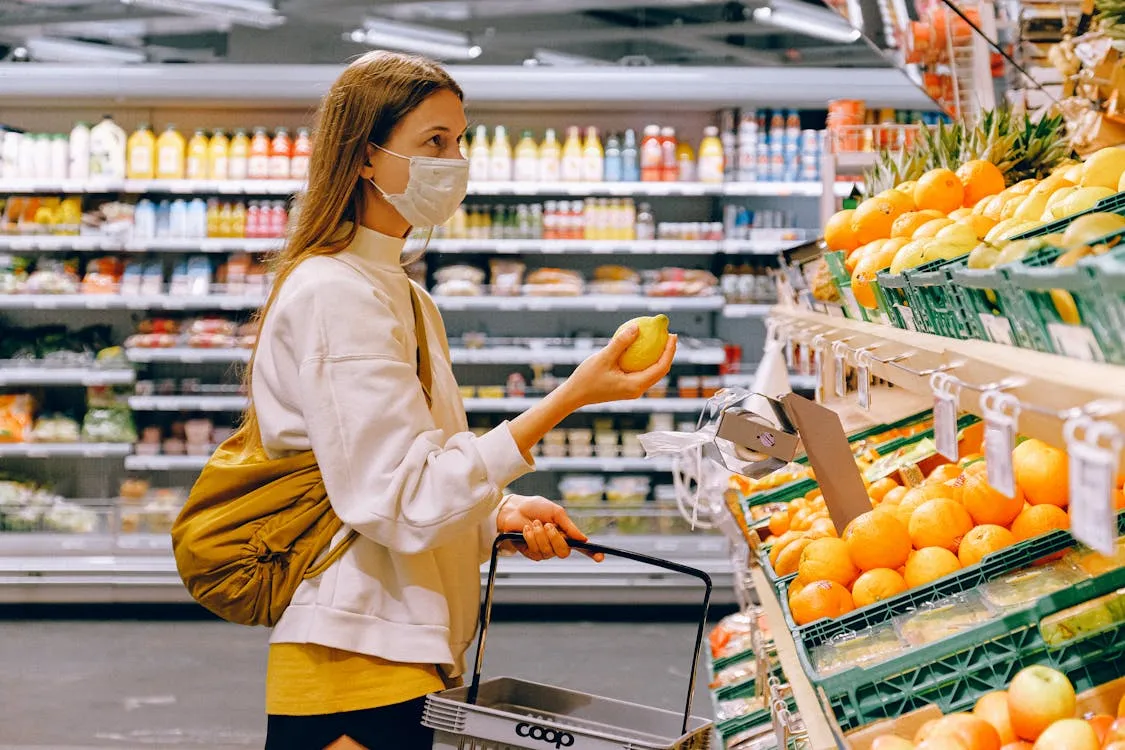
Uncover the behind-the-scenes of grocery stores that only insiders know. These insights can help you make the most out of your next shopping trip. You can find specific techniques or little-known facts that may change how you explore the aisles. Get ready to be surprised by these tips to improve your grocery shopping experience.
1. Larger Carts Encourage More Spending
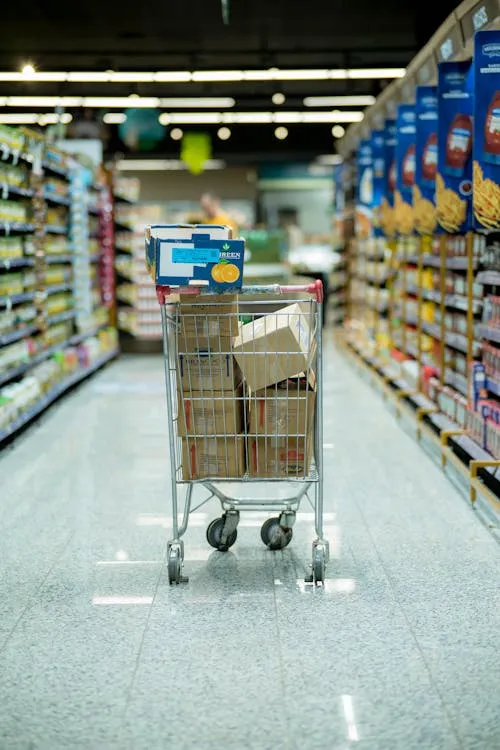 Wallace Chuck on Pexels
Wallace Chuck on Pexels
Many stores have large carts to encourage customers to buy more. Studies show that more giant carts can lead to spending up to 40% more, so opt for a basket to avoid impulse buys.
2. Beware of Sales and Promotions
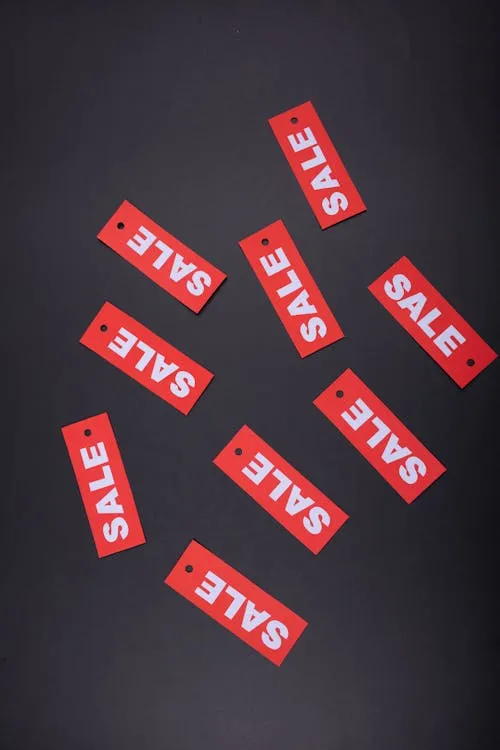 Tamanna Rumee on Pexels
Tamanna Rumee on Pexels
Promotions often seem like bargains, but they can tempt you to buy unnecessary items. Keep an eye out for these and make sure the deal actually saves you money.
3. Fresh Produce at the Front
 Pixabay on Pexels
Pixabay on Pexels
Grocery stores place fresh produce at the entrance to create a sense of freshness, but the prices may not always be the best. Head further in to compare prices with other brands.
4. Dairy Products at the Back
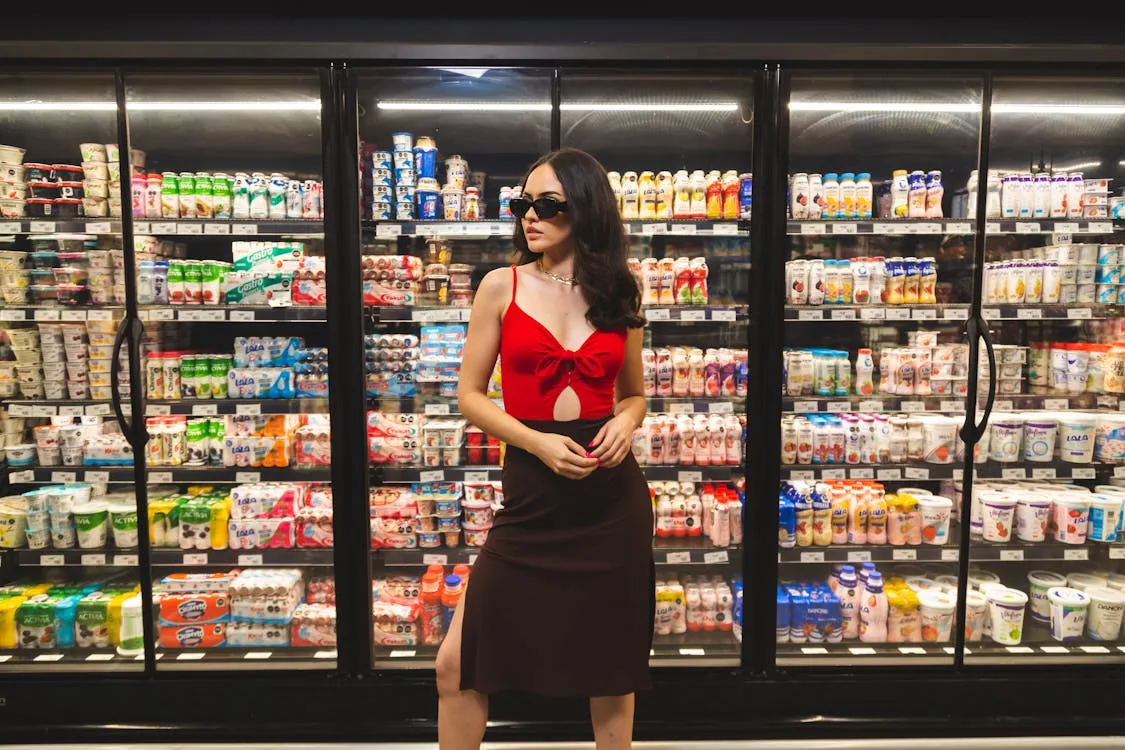 Rulo Davila on Pexels
Rulo Davila on Pexels
Essentials like dairy products are often located at the back of the store. This layout encourages customers to walk through other sections first, leading to impulsive buying.
5. Newer Items Placed at the Back
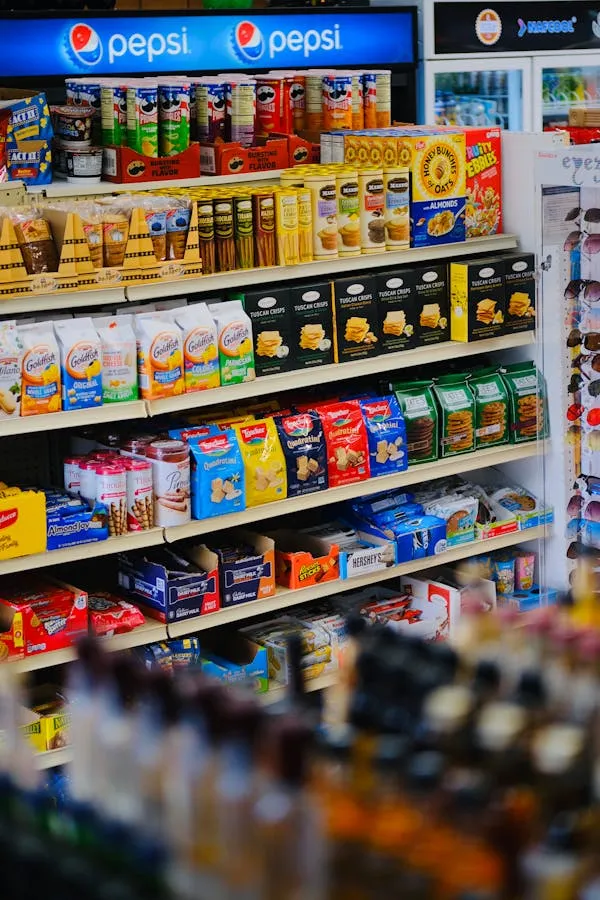 Sulav Jung Hamal on Pexels
Sulav Jung Hamal on Pexels
For perishable items, stores place fresher products at the back. When buying milk or eggs, reach the back of the shelf for products with the latest expiration date.
6. Colorful Displays to Encourage Shopping
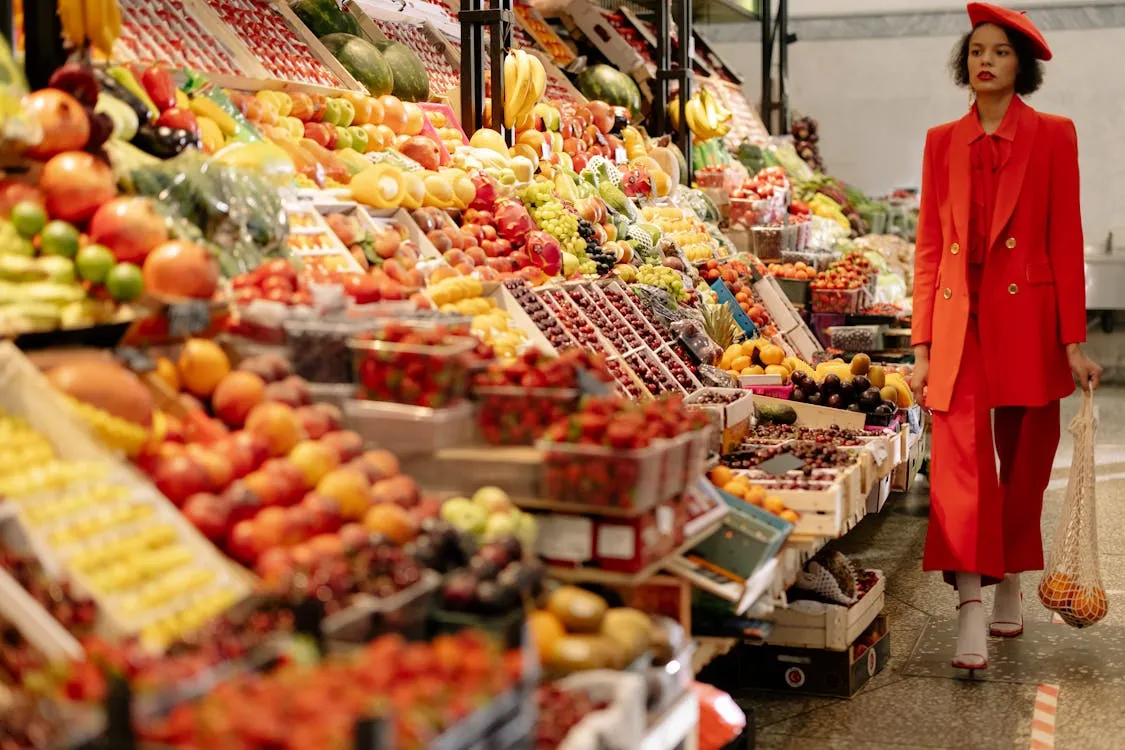 cottonbro studio on Pexels
cottonbro studio on Pexels
Stores use vibrant colors to create visually appealing displays that draw you in. Bright colors trigger positive emotions, making shoppers more likely to spend time and money.
7. Samples to Boost Purchases
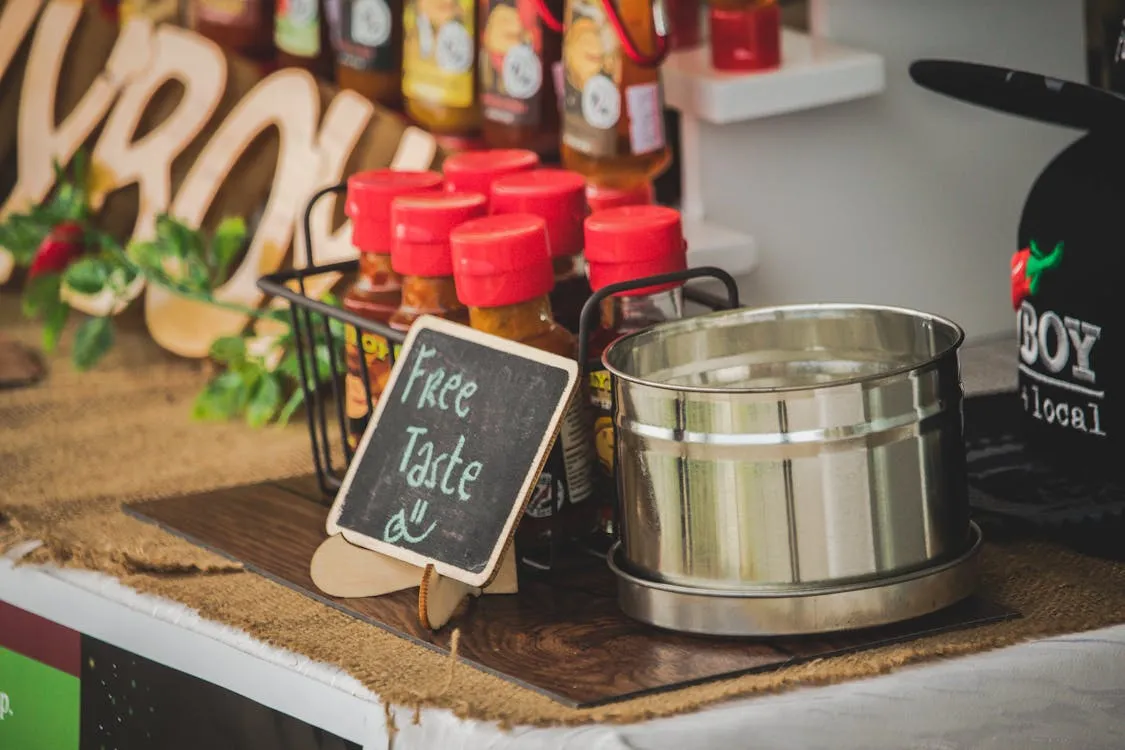 Muffin Creatives on Pexels
Muffin Creatives on Pexels
Many stores offer free samples to encourage purchases. Samples can influence you to buy you didn’t intend to, so stay mindful of your shopping list.
8. Freshly Baked Bread Smells to Entice Shoppers
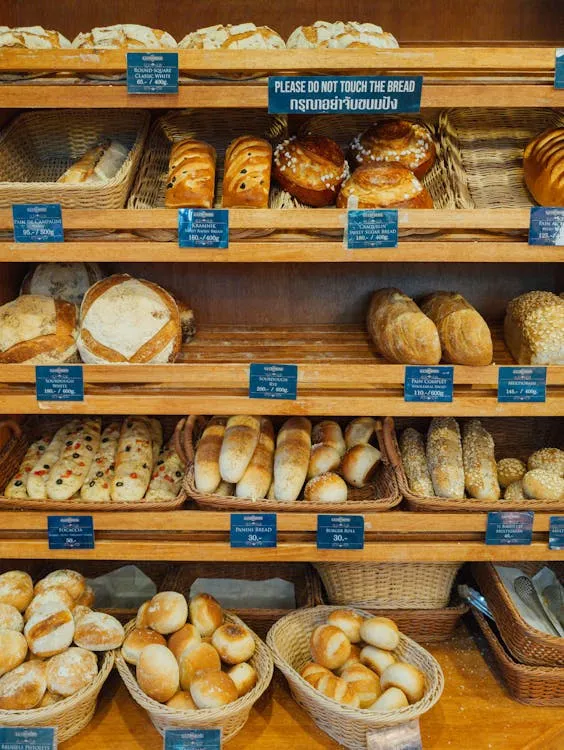 Markus Winkler on Pexels
Markus Winkler on Pexels
Bakeries are strategically placed near entrances. The smell of fresh bread is designed to make customers hungry and encourage spontaneous purchases.
9. Endcaps for High-Margin Items
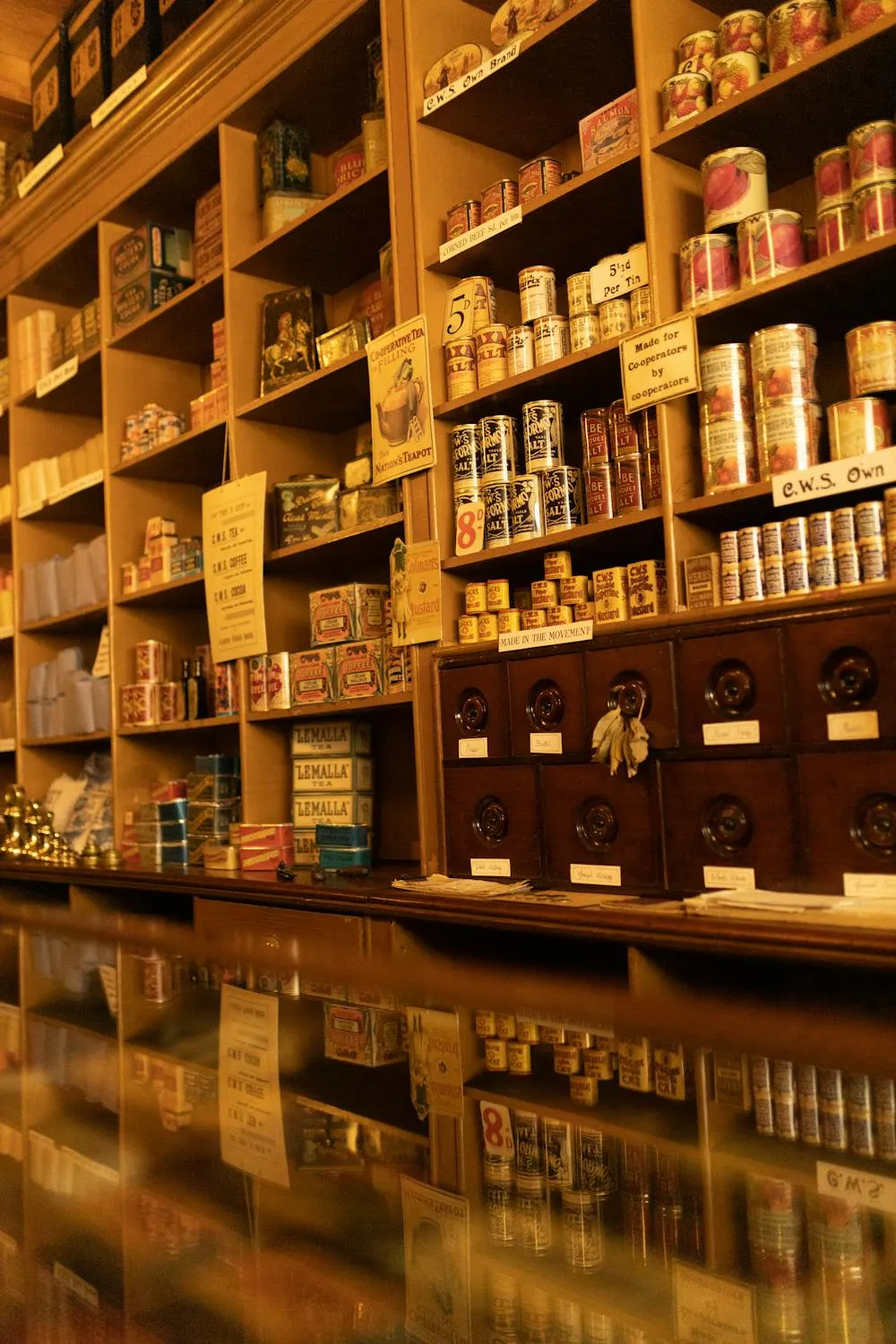 urtimud.89 on Pexels
urtimud.89 on Pexels
Endcap displays are prime real estate and often feature higher-margin items. These displays encourage impulse purchases, so looking at the regular aisles for deals is best.
10. Digital Coupons to Track Spending
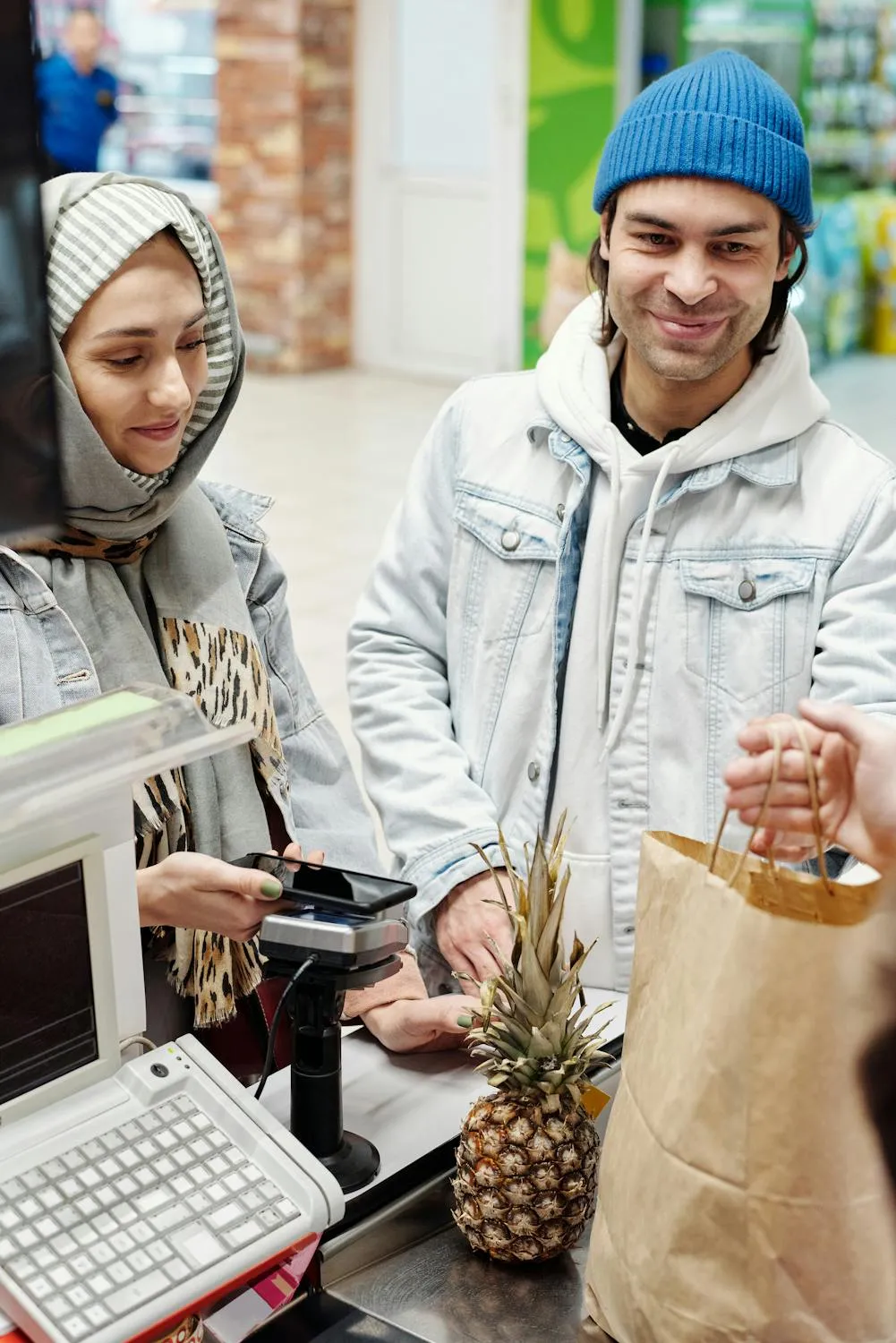 Jack Sparrow on Pexels
Jack Sparrow on Pexels
Digital coupons can help save money, but they’re also a way for stores to track buying habits. Use them smartly, but be aware of the data being collected.
11. Strategic Checkout Line Arrangements
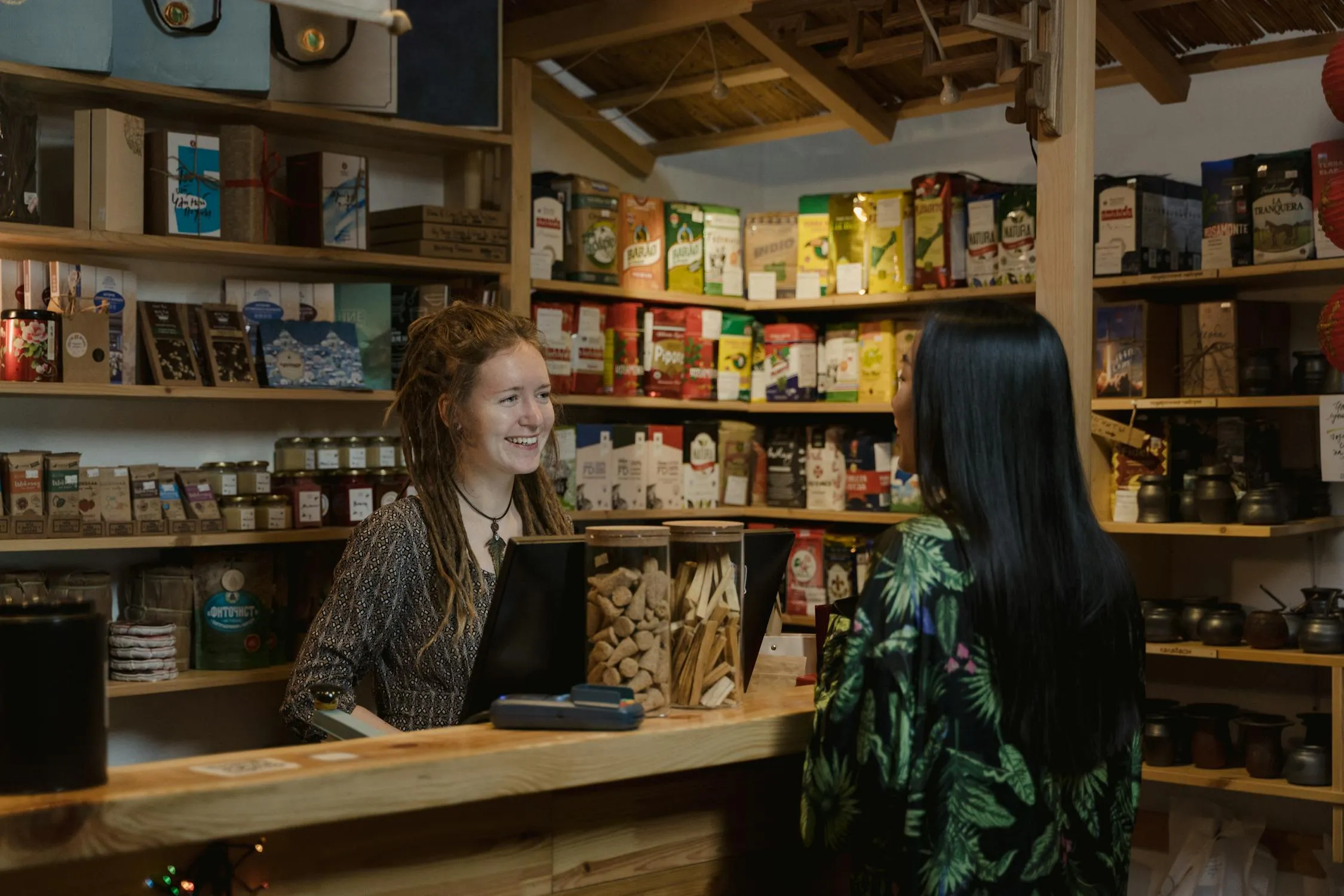 Tima Miroshnichenko on Pexels
Tima Miroshnichenko on Pexels
The checkout area has small, tempting items like snacks and magazines. These are placed for last-minute impulse buys, so resist adding extra items while you wait.
12. Organic Labels Often Cost More
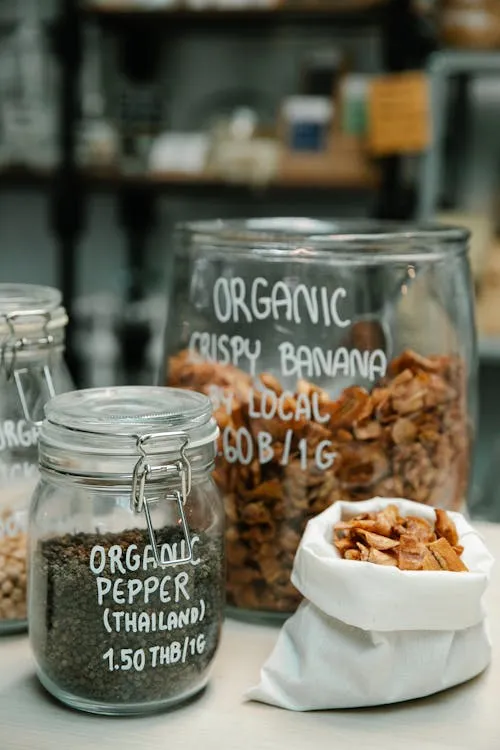 Sarah Chai on Pexels
Sarah Chai on Pexels
Organic items are usually placed in prominent areas, enticing health-conscious shoppers. But “organic” doesn’t always mean better quality or taste, so consider if it’s worth the premium.
13. Eye-Level Shelves for Premium Brands
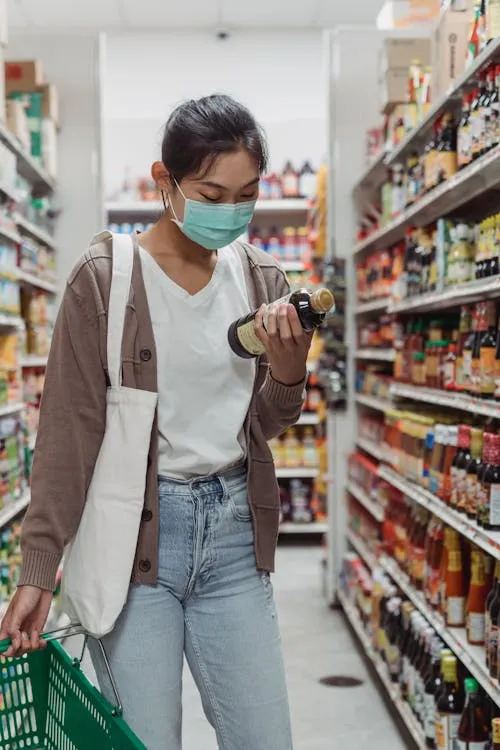 Kevin Malik on Pexels
Kevin Malik on Pexels
Grocery stores place higher-priced brands at eye level to encourage purchases. Look at the top or bottom shelves for budget-friendly or generic options.
14. Shopping Lists to Control Spending
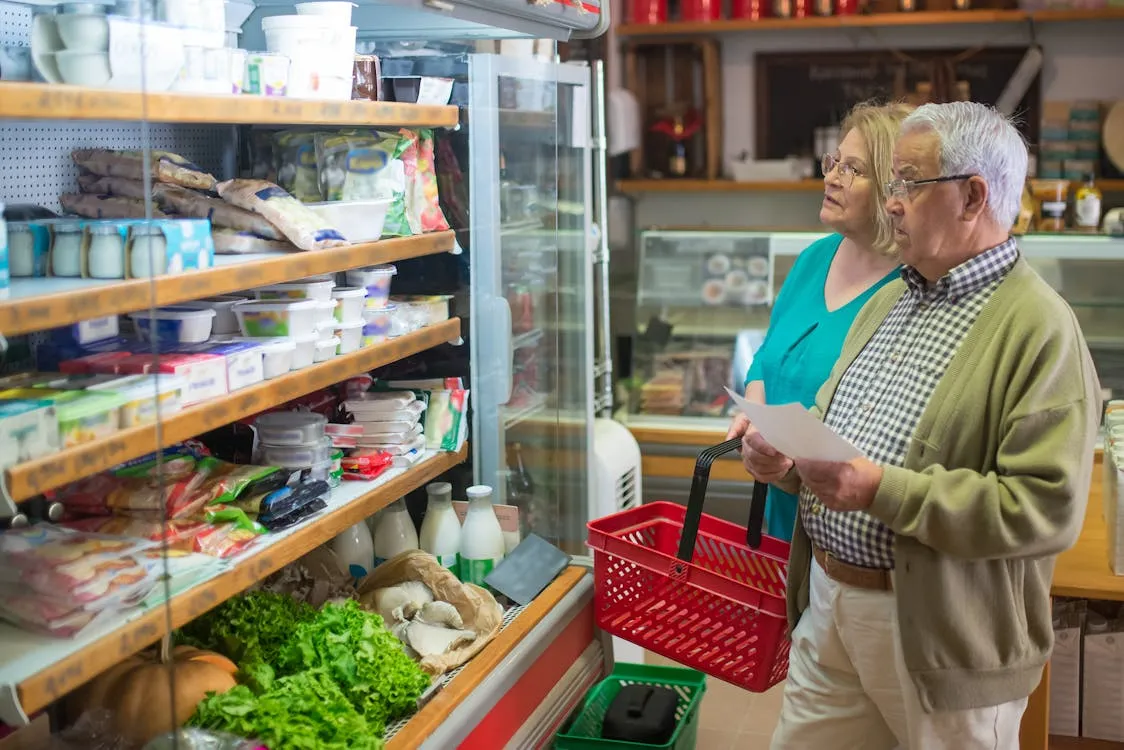 Kampus Production on Pexels
Kampus Production on Pexels
A shopping list helps you stay focused on essentials and avoid unnecessary purchases. Sticking to a list can help you resist marketing tactics designed to make you spend more.
15. Generic Brands Offer Great Value
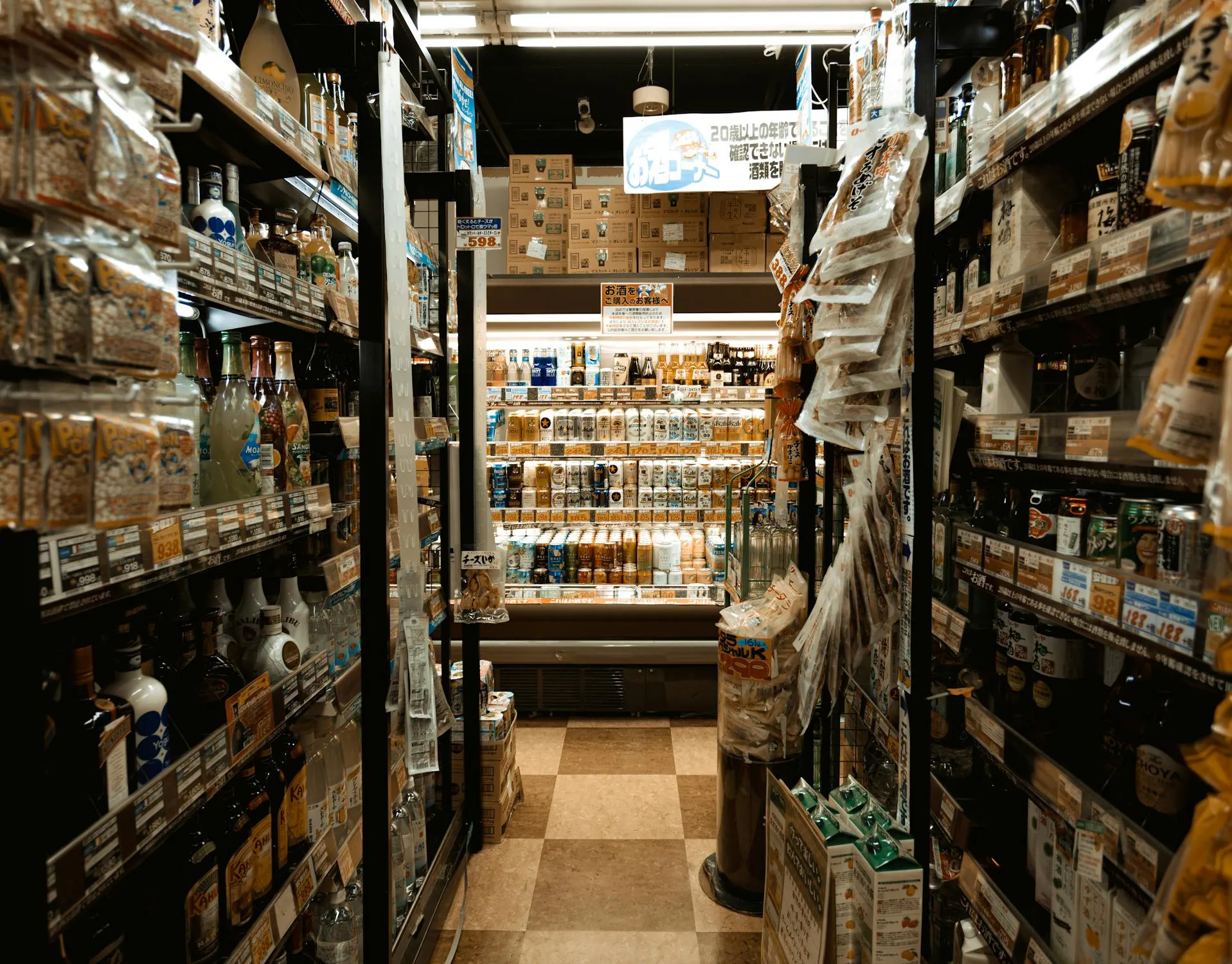 Aleksandar Pasaric on Pexels
Aleksandar Pasaric on Pexels
The same companies manufacture many store-brand items as name brands, offering similar quality at a lower price. To save on grocery costs, try generic products.
16. Bulk Buying Saves Money
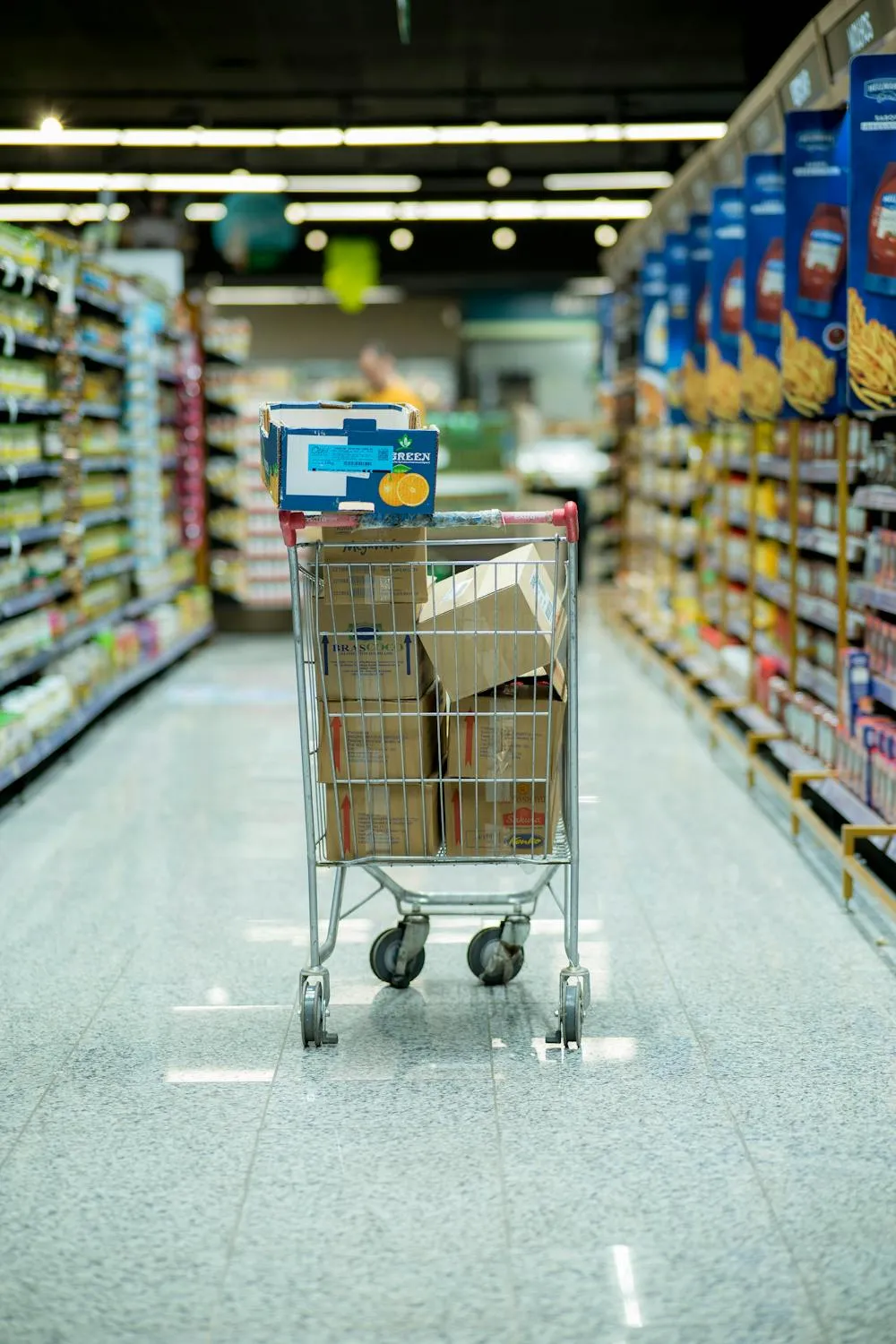 Wallace Chuck on Pexels
Wallace Chuck on Pexels
Bulk items can be a cost-effective choice, especially for non-perishables. Bring your containers to save on packaging and reduce waste while getting good deals.
17. Frozen Foods are Just as Fresh
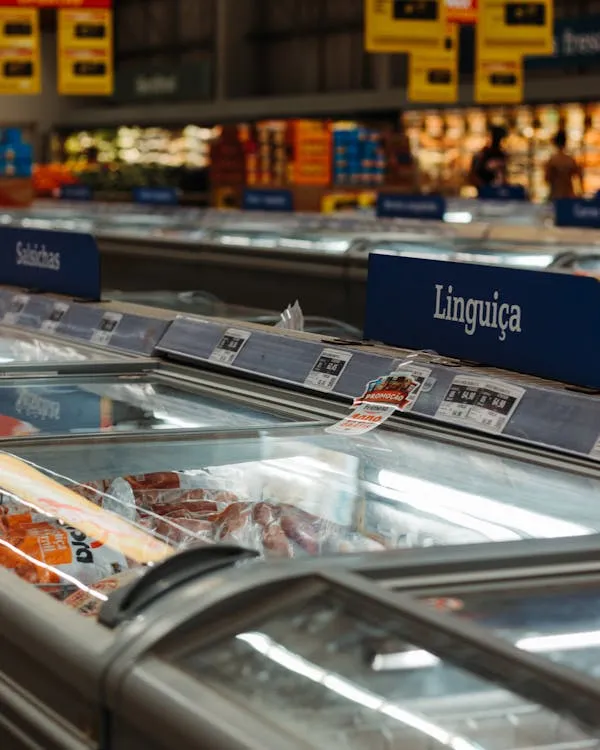 Eduardo Soares on Pexels
Eduardo Soares on Pexels
Frozen foods are often flash-frozen shortly after harvest to preserve their nutrients. They’re typically more affordable than their fresh counterparts and have a longer shelf life.
18. Seasonal Displays to Promote Festive Buying
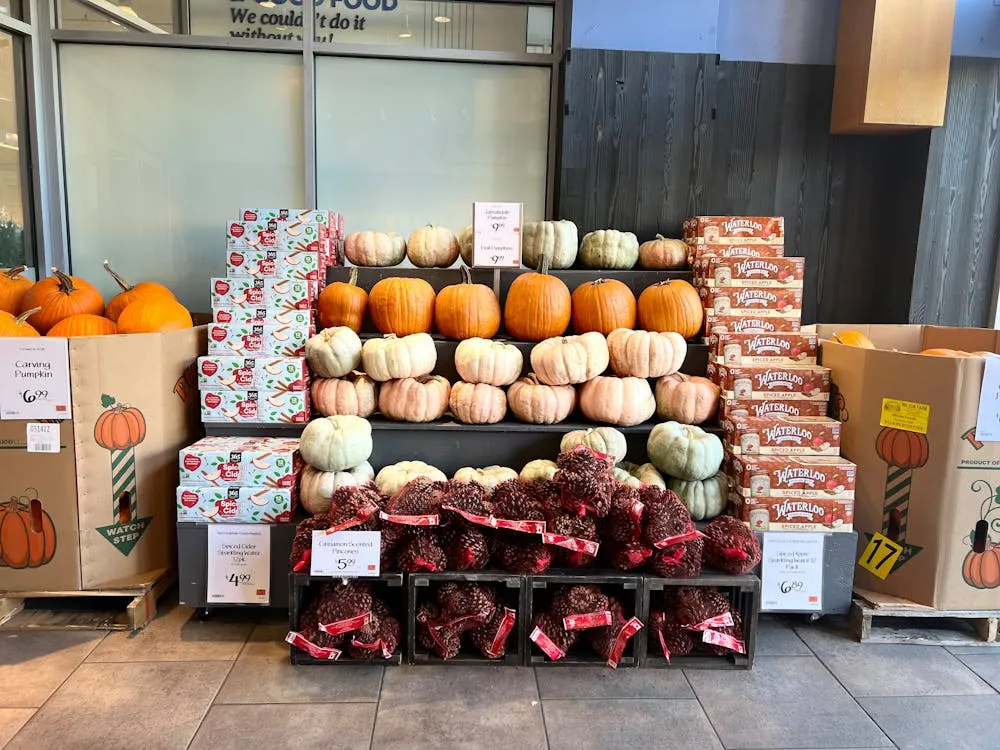 Natalia S on Pexels
Natalia S on Pexels
Stores create seasonal displays to inspire themed purchases, often with higher margins. While festive buys can be fun, they’re not always necessary. Check your budget before indulging.
19. Self-Checkout for Faster, Minimal Purchases
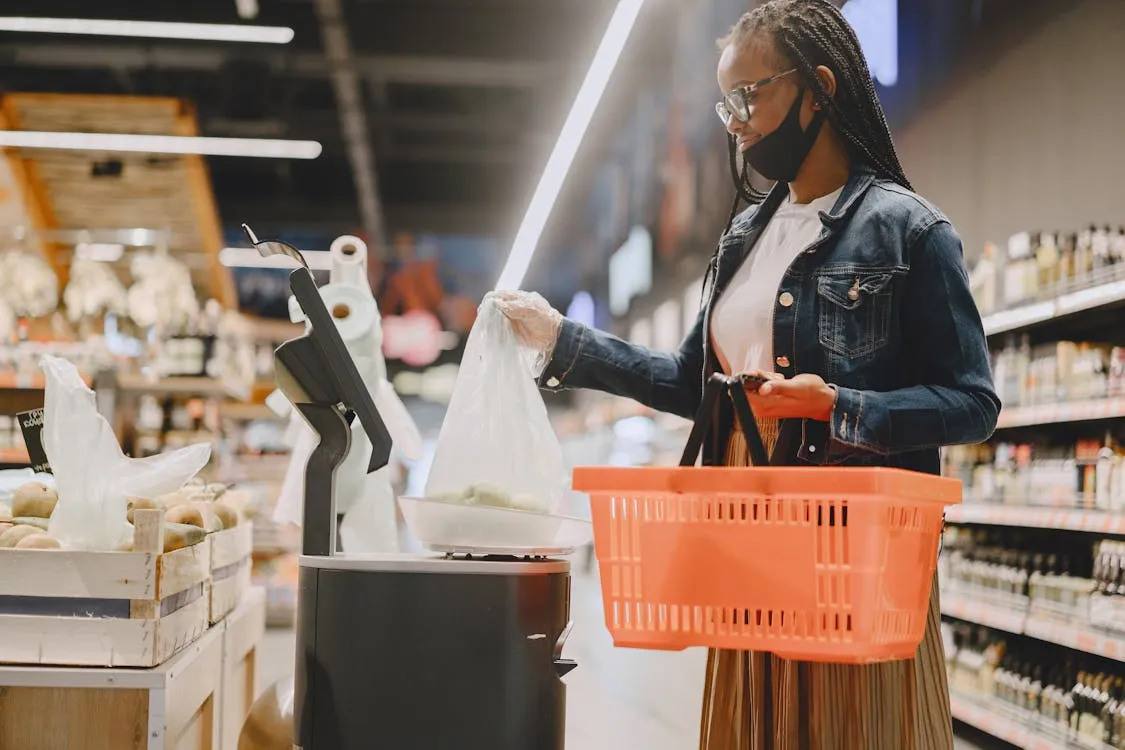 Gustavo Fring on Pexels
Gustavo Fring on Pexels
Self-checkout lanes are ideal for small orders, but customers may make mistakes that lead to higher totals. Double-check your items to avoid accidental charges.
20. Loyalty Programs Track Spending Habits
 Mikhail Nilov on Pexels
Mikhail Nilov on Pexels
Loyalty cards offer discounts, but they may also track your shopping habits. Stores use this data for targeted advertising, so consider if the savings outweigh the privacy trade-off.